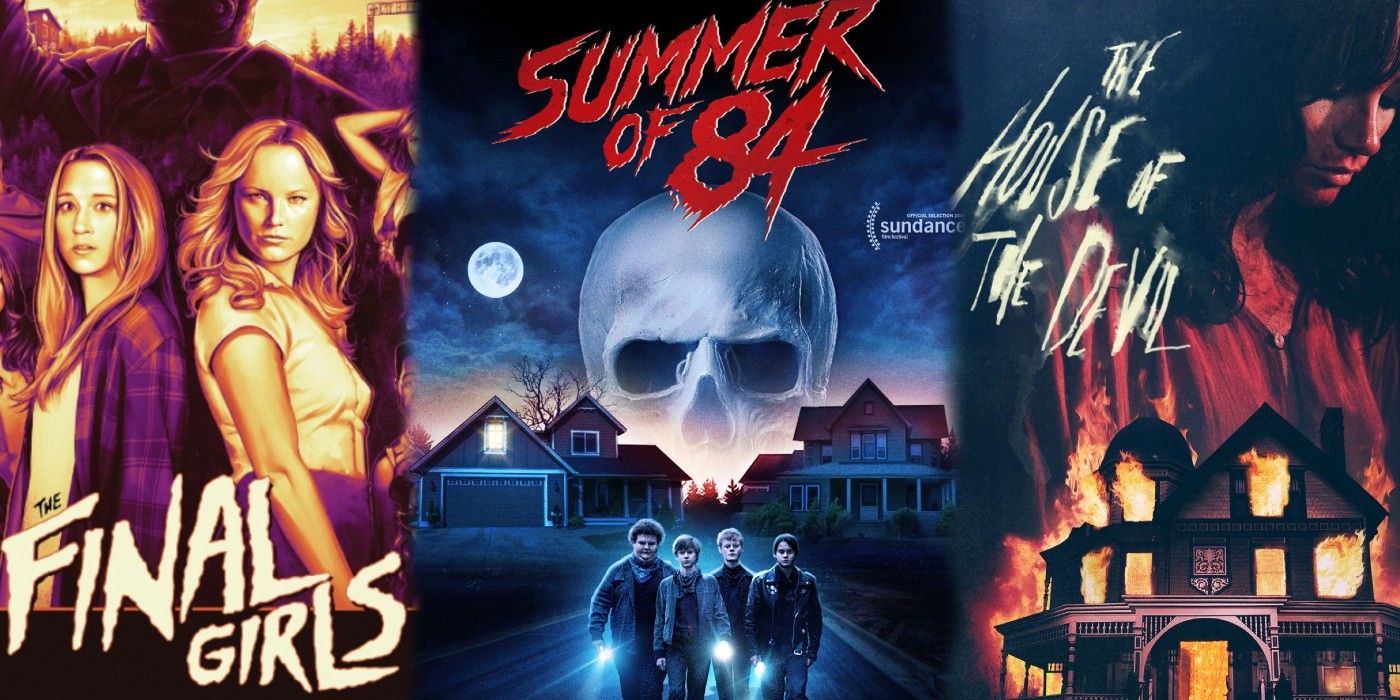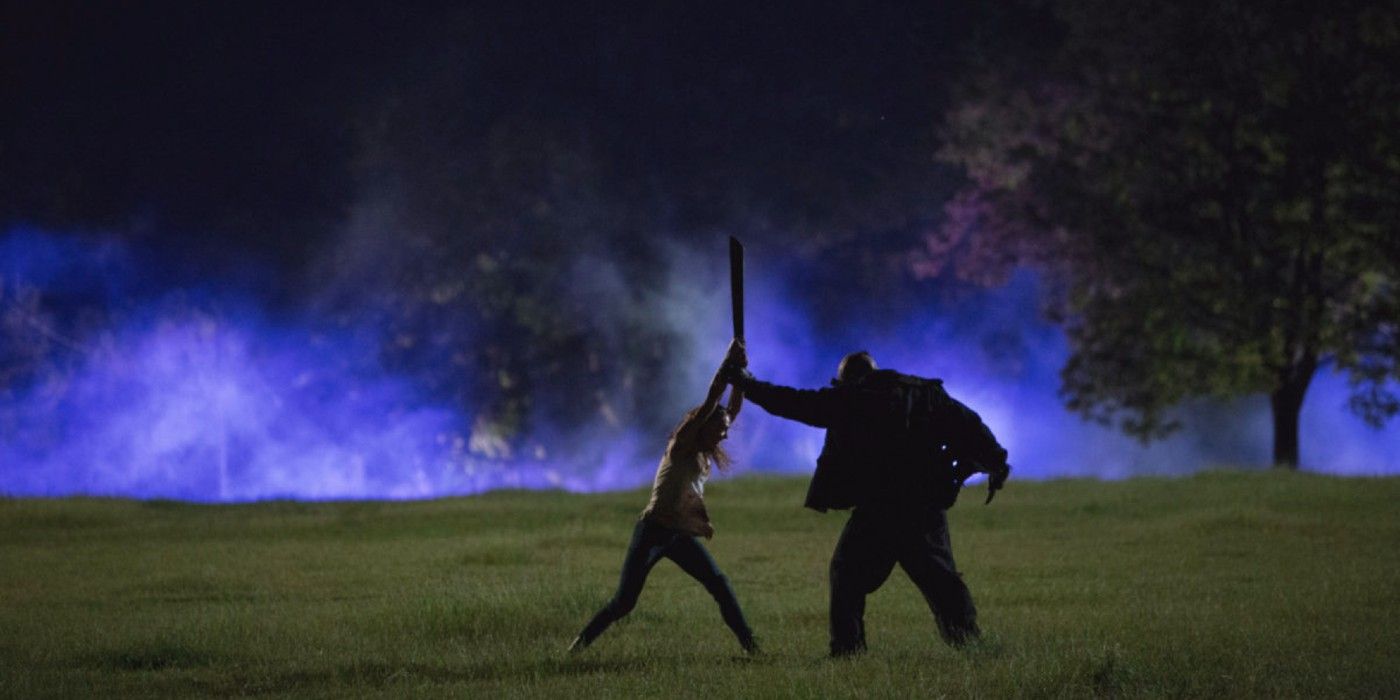Starting in the late-2000s, horror movies set in the 1980s have continued to grow increasingly popular among fans of the genre. From reboots to remakes, slashers are in the midst of their own renaissance and cult classics that defined a sub-genre are being revamped for a modern audience. Nearly every year a new horror movie or television series features the 1980s and, even more specifically, 1984. There are numerous reasons to include this setting, but one undeniable fact is that the 1980s was, by far, the best decade for horror films.
In 2009, Ti West directed The House Of The Devil, which features various references to iconic 1980s slashers and the “satanic panic” that was occurring in real time during the decade. He artfully merges the fears that were created in horror with the external panic of the '80s all while babysitter Samantha Hughes (Jocelin Donahue) fights for her life. Six years later, Todd Strauss-Schulson’s The Final Girls (2015) took tropes familiar to slasher flicks and created a self-aware story that subverted the often tragic character known as the final girl. In 2016, the highly successful sci-fi horror series, Stranger Things, premiered on Netflix and immediately hooked its viewers into a 1980s nostalgia-based journey through The Upside Down.
The next notable horror film with a 1980s setting was Andy Muschietti’s remake of IT (2017). It followed The Losers Club during the summer of 1989 as they fight Pennywise The Dancing Clown. Summer Of 84 (2018) brought together elements of the popular 1980s theme of a group of kids that solve a crime together. Taking note of this rising trend, season 9 of Ryan Murphy’s horror television series was called American Horror Story: 1984, and took major influence from slasher movies, the style of that era, and real life crimes from the decade. The aforementioned are only a handful of contemporary horror movies and television shows which have proven that the 1980s are the most popular horror setting at the moment.
Why 1980s Horror Is So Popular Today
The 1980s brought all new sub-genres to horror from slasher movies all the way up to cabin in the woods-centric movies like The Evil Dead. They were immensely popular among teenagers and adults at the time. When horror began to move away from these beloved sub-genres, and even started critiquing them in such films as Wes Craven's Scream (1996), they became a thing of the past and are now coated in nostalgia for fans. Just as styles tend to shift from one decade to the next, so do popular settings and references in horror movies. When the 1984 Reagan/Bush sign appears on the Wheelers' front lawn, it takes the viewer back to that specific election and moment in time that they can then reflect on.
Some of the popularity of the 1980s setting can be blamed on nostalgia and the desire for a seemingly simpler time in life. More often, it is based on interest in historical events that occurred at the time, such as “satanic panic” and serial killers from that decade; two especially popular examples of this are Richard Ramirez (The Night Stalker) and Jeffrey Dahmer. The decade itself was filled with real-life horror, and by utilizing it as a plot device, it elevates the terror of any film or television series. Other movies, such as The Final Girls, take the opportunity to completely subvert worn-out tropes, like was done by making the movie's final girl entirely self-aware. Therefore, the setting can be used to reconfigure popular sub-genres to entertain a contemporary audience who are burnt out on predictability.
Ultimately, the 1980s is a popular setting for contemporary horror movies for various reasons that include the ability to challenge stale tropes, reinvent sub-genres, create nostalgia driven fondness, and use historical events to better amplify a story's horror elements with real-life roots. It doesn't appear that the setting will decrease in popularity any time soon and, with an abundance of exciting reboots and remakes on the horizon, the horror community welcomes it openly.


